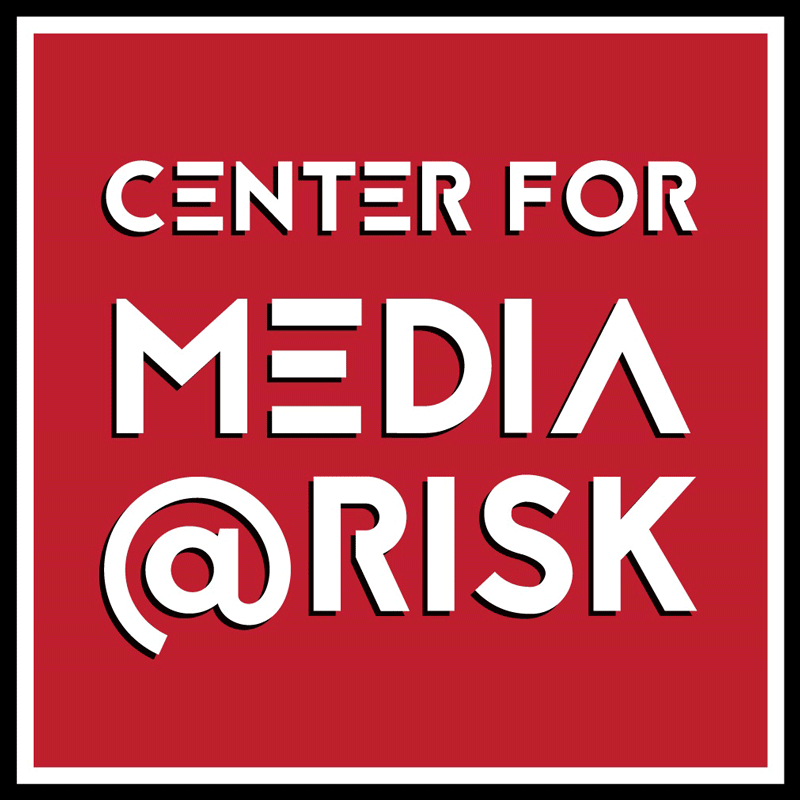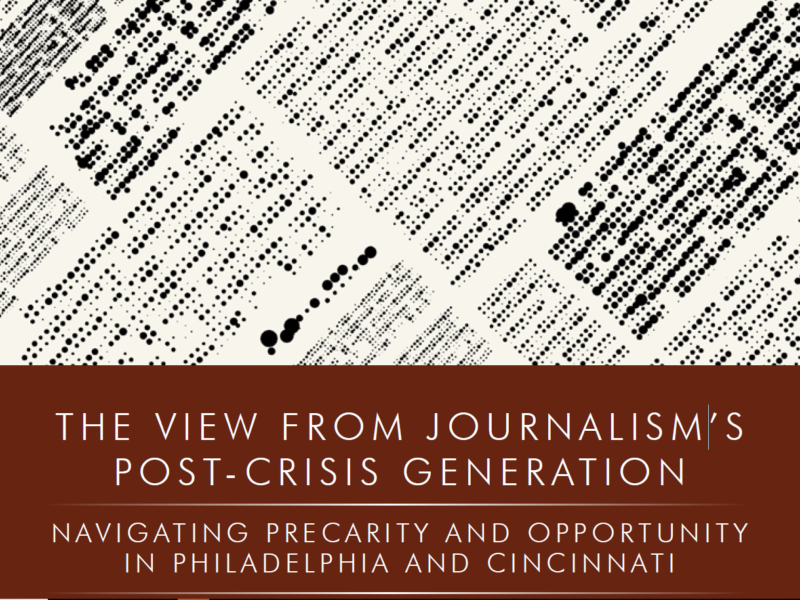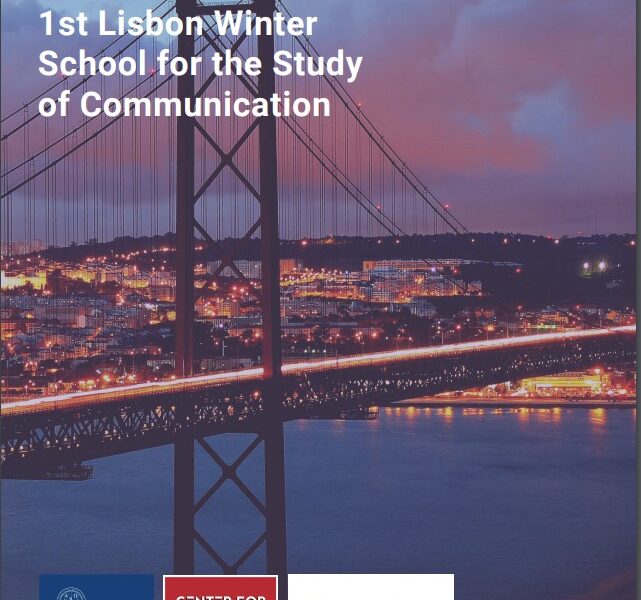
The Center for Media at Risk, based at the Annenberg School for Communication at the University of Pennsylvania, is developing a comprehensive project to map out the breadth and scale of threats against media around the world today. The Center for Media at Risk Ecosystem is an interactive map that serves visual evidence of media practitioners and scholars at work and/or at risk. The map will be continually updated with your contributions via the infrastructure of Graph Commons.
The map will be accessible to human rights and press rights organizations, educators and media practitioners. Iterations of the map focused on specific areas, geographic or content-based, will also be readily available.
To make this possible, to connect and thereby strengthen our joint work, your input is invaluable.
1. Please complete THIS FORM (which takes less than 2 minutes). If you or your organization are already included in the network map, please still complete the form to ensure we have the most up-to-date information.
2. Circulate this page to colleagues/persons/entities relating to media at risk. Participation from media practitioners, scholars and organizations is essential for strengthening this network. For more information please contact Zeyno Ustun at zeyno.ustun@asc.upenn.edu.
The Center for Media at Risk Ecosystem
The Ecosystem builds on the four nexuses of the Center: journalism, documentary, entertainment and digital. Linked to one or more of these nodes is every speaker, expert, academic and media practitioner that either studies or is at risk and has been associated with the Center. The lines linking these nodes and people are color coded by four categories: (1) black for the individual’s name; (2) purple for media affiliation; (3) blue for other school or center affiliation at the University of Pennsylvania; (4) green for geographic location.
State surveillance, political intimidation, violations of privacy and covert data collection are only some of the challenges facing media practitioners today. Whether they involve the incarceration of journalists around the world, threats against filmmakers or state surveillance of online activists, the risks practitioners face every day often take different forms but are commonly experienced across the globe. Technologically-assisted strategies of censorship, defamation and delegitimation are unfortunately matched by a spreading culture of informants and mistrust in the media. What does it mean to be “at risk?” What does it mean to study “risk?” To be at risk because of one’s work can only fully be understood by those who experiencing it. Yet it is also an experience that is being increasingly shared globally, uniting professionals and amateurs amid a rising authoritarian environment that intimidates media worldwide. While what it means to be at risk may differ across contexts, what connects us is a deepening anti-media bias and an increase in the employment of authoritarian strategies on media practitioners.
The Network of Center for Media at Risk Ecosystem project at the Center for Media at Risk aims to document the growing threat against all media practitioners—whether journalists, filmmakers, entertainers or digital activists—at this critical moment in our history. The project is charting a network map that demonstrates the geography of risk at global scale at a time when information is trapped behind technological, political and spatial barriers. The project serves to break down these barriers, showing the scale and magnitude of the risks facing media practitioners globally. Connected to a continually-updating visual canvas via the infrastructure of Graph Commons, the project will enable anonymous participants to define, edit and/or reject descriptions of their work and the particular forms of risk they study or experience.
This is the beginning of a conversation with professionals and amateurs in journalism, documentary, entertainment and digital spaces which will lead to a visual map of global risk zones and the people and institutions who resist them. Participants will be part of creating a networked archive that connects scholars and practitioners who either study the media at risk or are themselves under imminent risk for performing their jobs in today’s rising authoritarian environment.


